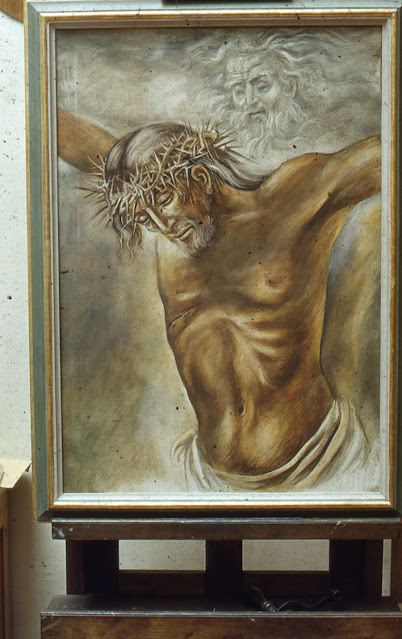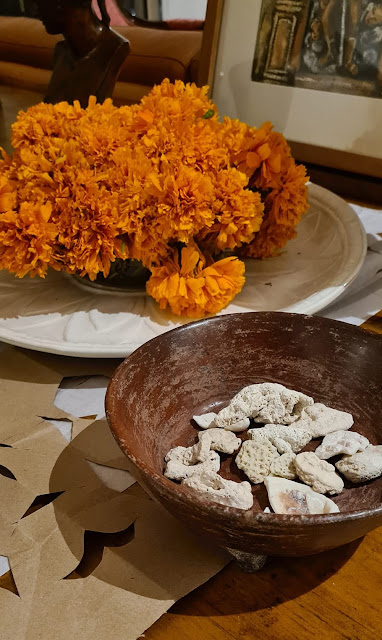
Federico Cantu 1907-1989 for crucifixions took on many shapes. Seneca the Younger (c. 4 BCE–65 CE) states: "I see crosses there, not just of one kind but made in many different ways: some have their victims with head down to the ground; some impale their private parts; others stretch out their arms on the gibbet." According to Josephus, during Emperor Titus's Siege of Jerusalem (70 CE), Roman soldiers nailed innumerable Jewish captives to crosses in various ways. At times the gibbet was only one vertical stake, called in Latin crux simplex. This was the simplest available construction for torturing and killing the condemned. Frequently, however, there was a cross-piece attached either at the top to give the shape of a T (crux commissa) or just below the top, as in the form most familiar in Christian symbolism (crux immissa). The most ancient image of a Roman crucifixion depicts an individual on a T-shaped cross. It is a graffito found in a taberna (hostel for wayfarers...
